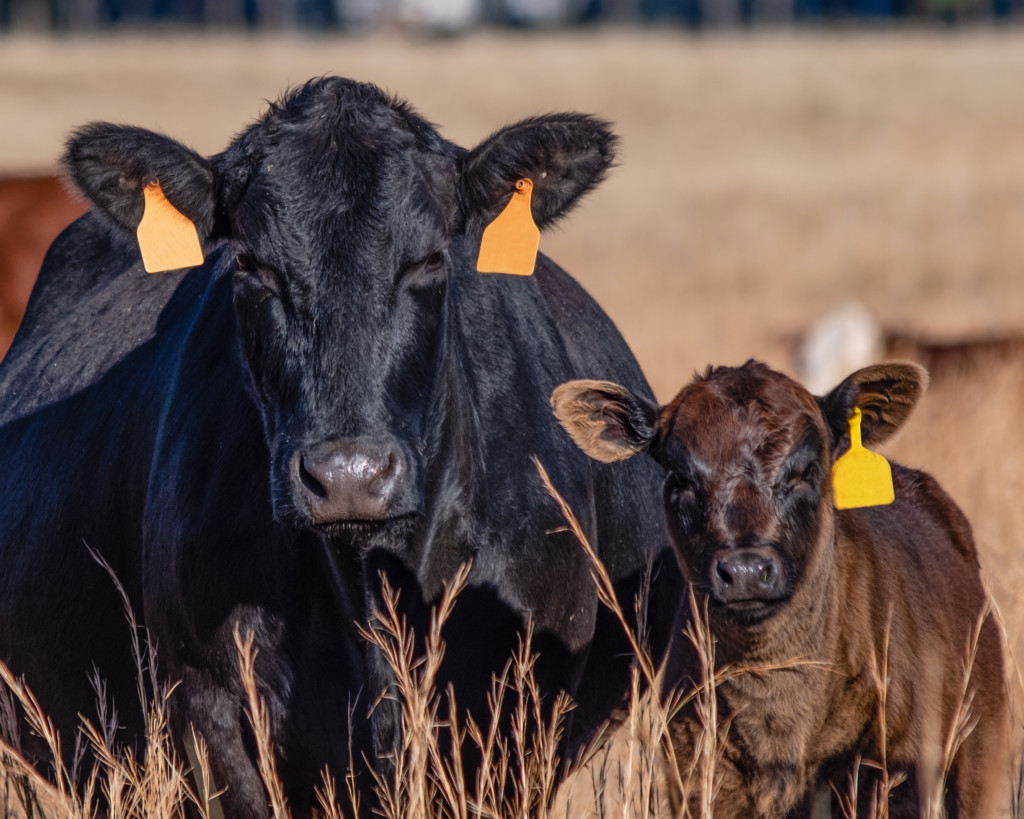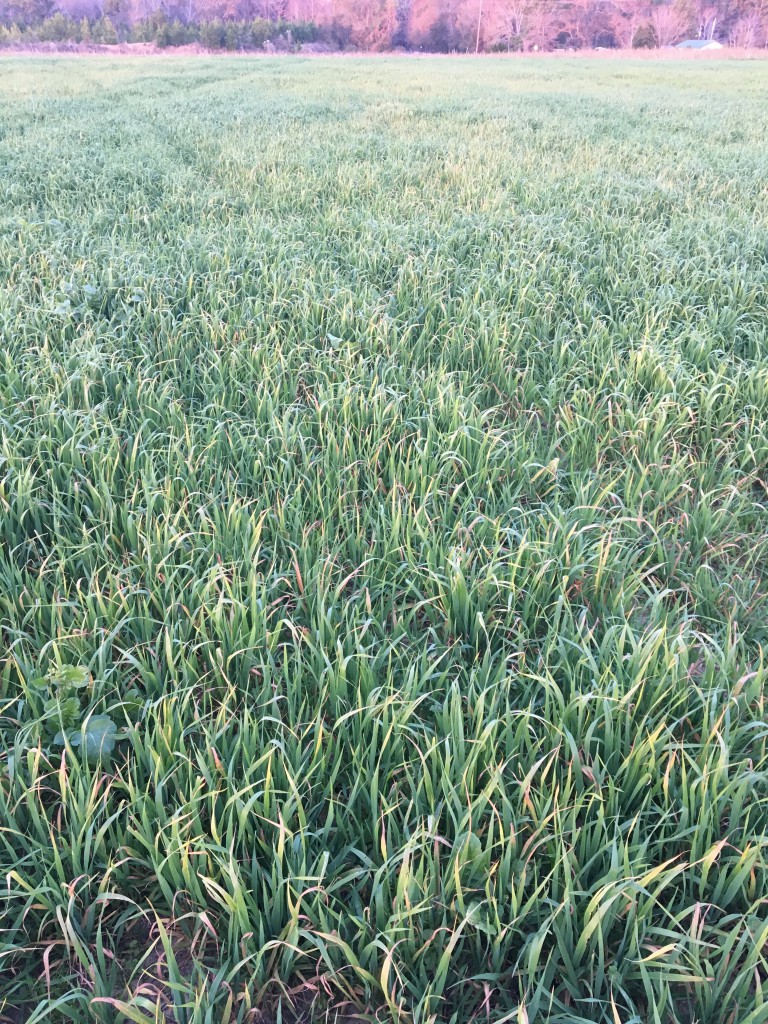Uncategorized
-

Dr. Darren Henry Lately, I have had time to do some thinking. I mean do some really serious, been sitting in a deer stand for 4 hours watching squirrels procreate kind of thinking. One of the topics that has been on my mind is loss. Throughout life, we all have lost something or someone we…
Posted in: Uncategorized -

Pedro Fontes, Ph.D. Assistant Professor and Extension Specialist – The 2023 sire directories from genetic companies are now available to beef producers. In addition to including a wide variety of new sires, these directories also include updates in their estrus synchronization protocol sheets. These updates include new protocols that are now validated and endorsed by…
Posted in: Uncategorized -

Are my winter annuals going to regrow? The prolonged cold weather during the Christmas holiday has a lot of producers asking, “Are my winter annuals going to regrow?” Unfortunately, there isn’t a clear answer that we can offer to this question. Many cool season forages can handle subfreezing temps for short periods and the degree…
Posted in: Uncategorized -

Jason Duggin – Extension Specialist The topic of cow size could lead to some tough conversations on our operations. Cow inputs account for most of an operation’s expenses on a per head basis. With that in mind, this article will take look at cow weights and how they might affect net return in cow-calf herds.
Posted in: Uncategorized -

Dr. Pedro Fontes – Reproductive Physiologist Several different protocols are currently available to synchronize beef females and producers are often overwhelmed with the complicated terminology and large numbers of protocols. To overcome the challenges associated with the selection of an estrus synchronization protocol, Extension personnel across the U.S. developed different tools to facilitate the selection…
Posted in: Uncategorized -
Dr. Pringle scanned the bulls at the Calhoun Bull Evaluation on October 15th. This information is primarily used by purebred cattle producers to better understand carcass trait genetics in their herds. The data is submitted to a lab for processing and then on to the respective breed association to be incorporated into each bull’s carcass…
Posted in: Uncategorized